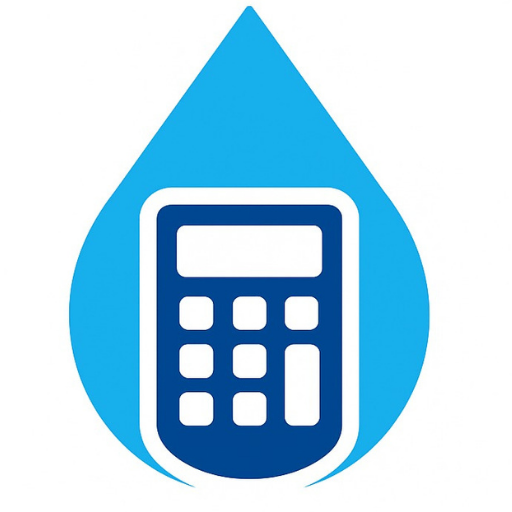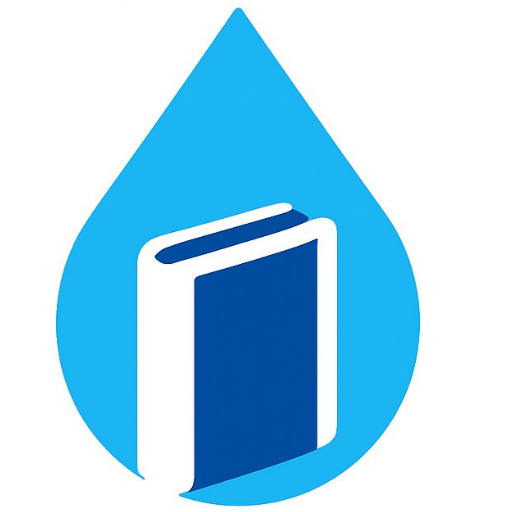Introducing young minds to the wonders of nature exploration can significantly enhance their literacy skills. As children interact with their surroundings, they begin to understand the language of the environment, enriching their vocabulary and comprehension. The process of observing plants, animals, and natural phenomena creates a context for meaningful conversations that promote both curiosity and learning.
Integrating environmental themes into literacy activities not only engages children but also instills a sense of responsibility towards the planet. Storytelling, for instance, can be woven with elements of nature, allowing young learners to recognize the interconnectedness of all living things. Through stories that celebrate biodiversity and ecological stewardship, children develop critical thinking skills while nurturing a love for reading.
By blending literacy development with environmental education, educators lay the groundwork for a generation that values both knowledge and nature. This approach fosters a deep understanding of the world, encouraging children to become informed and caring members of their communities. The integration of these elements offers a rich, engaging experience that cultivates both literacy and environmental awareness.
Strategies for Integrating Nature-Themed Books in Preschool Curriculum
Integrating nature-themed books into the preschool curriculum can significantly enhance literacy skills while instilling a sense of environmental responsibility in young learners. Selecting books that feature diverse ecosystems, animal habitats, and the life cycles of plants can establish connections between literature and the natural world.
One effective strategy is to pair reading sessions with outdoor explorations. After discussing a book about trees, for instance, educators can take children on a walk to observe different tree species. This hands-on experience reinforces vocabulary and comprehension while teaching responsibility for nature.
Incorporating interactive storytelling can also enrich the learning experience. Using puppets or props related to the book’s theme encourages participation, allowing children to engage deeply with the content. Such activities not only boost literacy skills but also emphasize the importance of caring for the environment.
Themed reading corners in classrooms can serve as dedicated spaces for nature-related literature. Teachers can rotate books regularly, ensuring that children have access to a variety of topics. This rotation keeps interest high and provides opportunities for discussions about environmental stewardship.
Parents can be involved through take-home reading programs that include nature-themed books. Providing discussion prompts encourages families to reflect on the stories and their relevance to real-life environmental issues, aiding in the development of responsible attitudes toward nature.
Lastly, incorporating art projects related to the stories can solidify learning. After reading about animals in their habitats, children might create their own illustrations or craft projects, further developing their literacy skills while recognizing the importance of preserving wildlife. This connection between literature and art fosters a holistic understanding of environmental education.
Practical Activities to Enhance Environmental Awareness through Storytelling
Engaging preschoolers in storytelling can be an innovative way to cultivate their environmental awareness. Utilizing eco-lit programs, educators can choose age-appropriate nature-themed books that inspire children to connect with the environment. After reading these stories, educators can incorporate hands-on activities that reinforce the concepts introduced in the books.
One effective activity involves creating an «Eco-Story Walk.» Teachers can take children outdoors to explore nature while narrating a story that relates to their surroundings. As the story unfolds, children can interact with elements such as leaves, flowers, and insects, reinforcing their understanding of local wildlife and ecosystems.
Another activity is the «Story Craft» session, where kids can craft items using recycled materials. After reading a book focused on recycling or conservation, children can create art pieces that reflect the story’s themes. This not only enhances literacy skills but also instills a sense of responsibility towards the environment.
Additionally, organizing a «Nature Discovery Day» can inspire curiosity. Children can read stories about different habitats and then engage in nature exploration activities like scavenger hunts, identifying plants or animals mentioned in their books. This immersive experience promotes not only environmental education but also reinforces their listening and comprehension skills.
By integrating practical activities with storytelling, educators can deepen children’s understanding of environmental topics while developing their literacy skills in a fun and meaningful way. Eco-friendly programs can thrive with these creative approaches, making learning about nature an enjoyable part of the preschool curriculum.
Creating Interactive Learning Spaces that Promote Eco-Consciousness
Establishing interactive learning environments is fundamental for cultivating children’s environmental awareness. These spaces serve not only as a backdrop for education but also as a catalyst for eco-literacy. Incorporating elements of nature into classrooms, such as plants, water features, and natural materials, can significantly enrich the learning experience.
Outdoor classrooms extend the learning space beyond the traditional walls. Engaging with nature firsthand allows children to connect stories and concepts from eco-lit programs to real-life experiences. Activities like nature exploration excursions encourage curiosity and promote a deeper understanding of ecological systems.
To support reading initiatives, consider creating cozy reading nooks adorned with nature-themed books. Soft seating areas filled with cushions made from sustainable materials can make reading more inviting. By placing these resources in view, educators can inspire independent exploration and encourage group discussions around environmental topics.
Teaching responsibility goes beyond verbal instructions. Setting up project stations where children can engage in hands-on activities, such as planting seeds or creating recycled art, allows them to take ownership of their actions. This interaction not only reinforces concepts found in stories but also cultivates a sense of stewardship for the environment.
Integrating eco-themed literature within these interactive spaces enhances the learning experience. Books that discuss themes of conservation, biodiversity, and sustainability provide a narrative foundation for activities. By engaging with these stories actively, children can see the relevance of eco-consciousness in their daily lives.
The success of these initiatives relies on creating a community of eco-aware learners. Encouraging families to participate in outdoor activities allows for a shared experience, deepening the connection to the environment. Together, families and educators can lead the charge in nurturing eco-literate children who are prepared to tackle environmental challenges ahead.
Assessing the Impact of Environmental Literacy on Young Learners’ Development
Environmental literacy plays a significant role in shaping children’s understanding of their surroundings and their responsibility toward nature. Integrating this literacy into early childhood education offers numerous benefits that can influence young learners positively.
Key impacts of environmental literacy include:
- Enhanced Children’s Environmental Awareness: Young learners who engage with eco-themed literature and activities develop a deeper understanding of environmental issues, cultivating a sense of responsibility for protecting the planet.
- Improvement of Literacy Skills: As children explore nature-related texts, they simultaneously enhance their vocabulary and comprehension skills, which are fundamental components of early literacy development.
- Encouragement of Nature Exploration: Through reading initiatives and hands-on experiences, children are motivated to explore their natural environments, promoting curiosity and a love for learning.
- Promotion of Eco-Friendly Programs: Implementing environmental education aligns with broader goals of sustainability, encouraging children to engage in eco-friendly practices from a young age.
- Teaching Responsibility: As children learn about their impact on the environment, they develop a sense of accountability and learn how their actions can contribute to a sustainable future.
Assessing these impacts requires careful observation and evaluation of both children’s growth in environmental knowledge and their overall development in literacy. Educators can track progress through:
- Formative assessments that gauge children’s understanding of environmental concepts.
- Observation of children’s participation in nature-based activities and discussions.
- Feedback from parents about changes in children’s attitudes towards nature and sustainability.
Incorporating environmental literacy into early education not only enriches children’s learning experience but also establishes foundational knowledge that contributes to a more sustainable future. For more insights on environmental education and its integration into literacy, visit https://janetballetta.com/.



